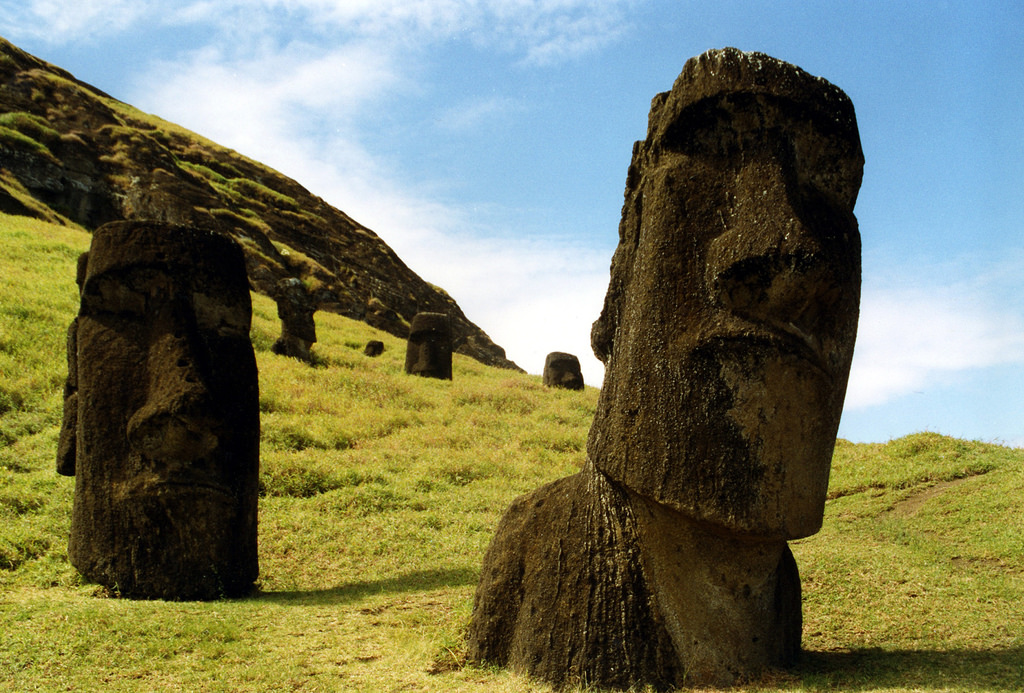spotlight: chile
Chile is located on South America's Pacific coastline, and stretches 2700 miles in length and is 110 miles wide. It is a beautiful country with distinctly different regions, from the driest desert in the world located in the northern part of the country to world class wineries in the central valleys and volcanoes, lakes and spectacular wilderness in the south. The climate is as diverse as the land - experience blistering heat in the Atacama Desert, chilling winds in the Patagonia region, sunny days on the beaches of the Pacific coast and a Mediterranean climate in the central valleys.
For more information on Chile, check out these websites:
Travel Chile - Santiago Tourist - Chilean Ski - Chilean Wine
GEOGRAPHIC ZONES
|
Atacama Desert
The Atacama Desert is the second most popular tourist attraction in Chile, just behind Easter Island. It is the highest and driest desert in the world - 100 times more arid than Death Valley.
Valle de la Luna (Valley of the Moon) sits in the Atacama Desert, and is one of the most visited areas of the desert. Over many centuries, winds and floods have turned the sand and stone into a landscape that mimics the moon. The North is also known for its copper mining, salt flats, hot springs and numerous astronomical observatories. Crystal clear skies and 300 cloudless days annually has made the area a hotbed for astro-tourism. One third of the planets telescopes are located here. Atacama Desert and Northern itineraries are great for adventure travelers, astronomy, archeology and photography buffs and nature lovers. |
|
|
Easter Island
Easter Island, also known as Rapa Nui to its to the local indigenous population, sits 2300 miles off the coast of Chile, about half way to Tahiti. It is one of the most remote inhabited islands.
The first inhabitants of the island are believed to have been from Polynesia. Today the economy is sustained by tourism. The primary draw are the moais, massive stone monuments, which are over 800 years old. The stone statues average 13 feet high and weigh 13 tons. It is still a mystery as to how so many were built and how they were moved to the island. |










